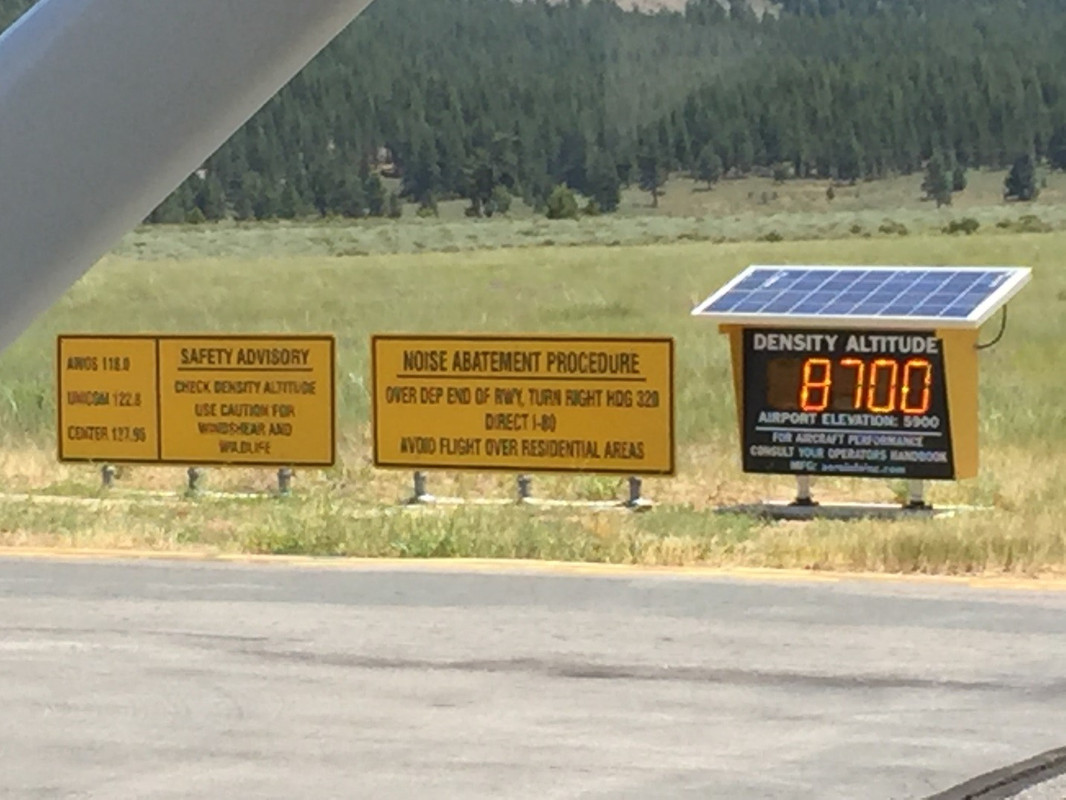WannFly
Final Approach
yesterday, I was on a IFR XC and landed in KSTP for for food, the plan was after taking off from there do a low approach in KFCM (Flying Cloud) on IFR plan, go missed, fly VFR and land at KMIC (Crystal) for a fuel stop. Here is how the next of the stuff unfolded:
tell you what, it sure as hell didnt look like i was doing great, i am we were about 100 feet above the trees, but approaching the trees with stall horn coming up as i was holding VY was fairly nerve wrecking and it took every bit of composure to ensure i am not pulling hard on the yoke.
my #2 mistake was not asking for 14L and use the whole displacement threshold and the biggest mistake was failing to realize how the winds would behave when coming over the tree tops. it created pretty bad sink that i was trying to fight with my mighty 180 HP engine, on a hot day with 2 big guys in it and full fuel.
in retrospect, i should have done a lot more not to put myself in that position, but a great lesson learned about high DA take off and add more margin to what those book numbers says... cant imagine doing this from 5k or 7k DA ... it surely was a big eye opener for a flat lander who regularly takes off from 9000 ft runway
- Went to Thunderbird and topped off both tanks (Mistake #1)
- it was super hot, like 92 degrees hot and humid, the density alt was 3300 at the field
- upon take off we were given 14R (about 3300 ft), winds were 13G23 from 180 and garmin Pilot showed XW component of 8G14. this is more than i want to handle. if i was alone, i would have waited for the winds to die down, but i had a CFI with me and i wanted try it anyway
- i did a mental math of our weight, and the take off roll i need to get above those damn trees at the end of the runway and my calculations were right, i broke ground right at 2000 ft, flew in ground effect until VY and took off
tell you what, it sure as hell didnt look like i was doing great, i am we were about 100 feet above the trees, but approaching the trees with stall horn coming up as i was holding VY was fairly nerve wrecking and it took every bit of composure to ensure i am not pulling hard on the yoke.
my #2 mistake was not asking for 14L and use the whole displacement threshold and the biggest mistake was failing to realize how the winds would behave when coming over the tree tops. it created pretty bad sink that i was trying to fight with my mighty 180 HP engine, on a hot day with 2 big guys in it and full fuel.
in retrospect, i should have done a lot more not to put myself in that position, but a great lesson learned about high DA take off and add more margin to what those book numbers says... cant imagine doing this from 5k or 7k DA ... it surely was a big eye opener for a flat lander who regularly takes off from 9000 ft runway


